When thinking about using a microphone for your event or project, you have to take into account the hundreds of different microphones there are on the market. You have to decide which microphone is best for me. This article will hopefully help you understand a microphone’s polar pattern and which one would be most suitable for your event.
According to the Shure website, the polar pattern of a microphone is the sensitivity to sound relative to the direction or angle from which the sound arrives. Understanding polar patterns will help you decide which mic will capture the sound that you need while minimizing unwanted noise.
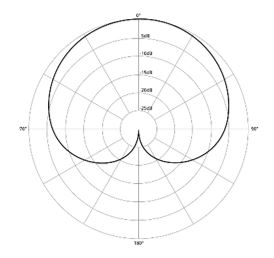
Cardioid Microphones
Cardioid Microphones capture the sound in front, and block everything else. It is most sensitive at the front. This specifically isolates unwanted ambient sound. These types of mics add subtle sound coloration when the source is off axis, which makes mic positioning when speaking and singing very important.
The best use for Cardioid Microphones are live performances and other situations where noise reduction and feedback suppression are needed.
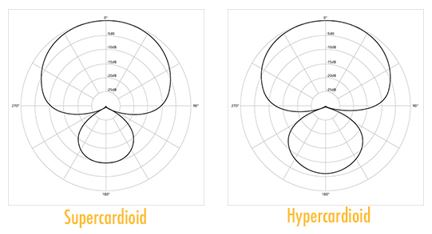
Super/Hyper Cardioid Microphones
These mics have the same front directionality as basic Cardioid Mics but have a narrower area of sensitivity. This improves isolation and provides a higher resistance to feedback. These can be used for loud sound sources or blaring stage environments. It is important to place monitor speakers correctly. Hypercardioid mics have a narrower area of sensitivity than supercardioids and are most resistant to feedback. Supercardioids and Hypercardioids are most suitable when single sound sources need to be picked up in loud environments.
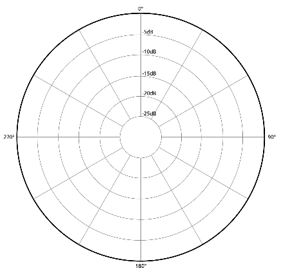
Omnidirectional Microphones
These are microphones that capture sound from all angles. They have non-directional design and zero rejection. These mics capture nuances better which results in a more natural sound. You can use these mics in studios and venues with great acoustics, as well as can be used for live recording of multiple instruments, as long as the noise level is low. It is also ideal for lavaliere microphones. The downside is that they lack background noise rejection and are prone to monitor feedback, which makes them unsuitable for loud and noisy venues.
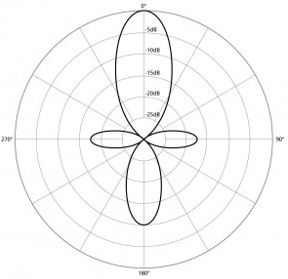
Lobar/Shotgun Microphones
Shotgun mics feature a tube-like design that make their polar pattern highly directional. It has a very narrow lobe in the forward direction and rejects sound from other directions. They have small lobes of sensitivity to the rear and even smaller lobes to the left and right. This design results in a tighter polar pattern up front with longer pickup range. Shotgun microphones are commonly used on television and film sets, and theater.
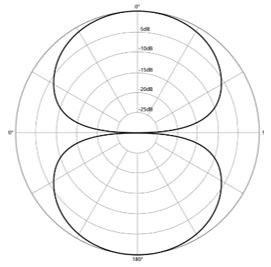
Figure-8 or Bidirectional Microphones
A Figure 8 microphone picks up the sound from in front of the microphone and from behind the microphone, but not the side. This front and back sensitivity makes them idea for stereo recording and for capturing two or more instruments.
Make sure you always consider the microphone polar pattern when determining the best type of microphone for your event. If you have any questions, or need to rent a specific microphone for your next event, please call 216-930-4567.
